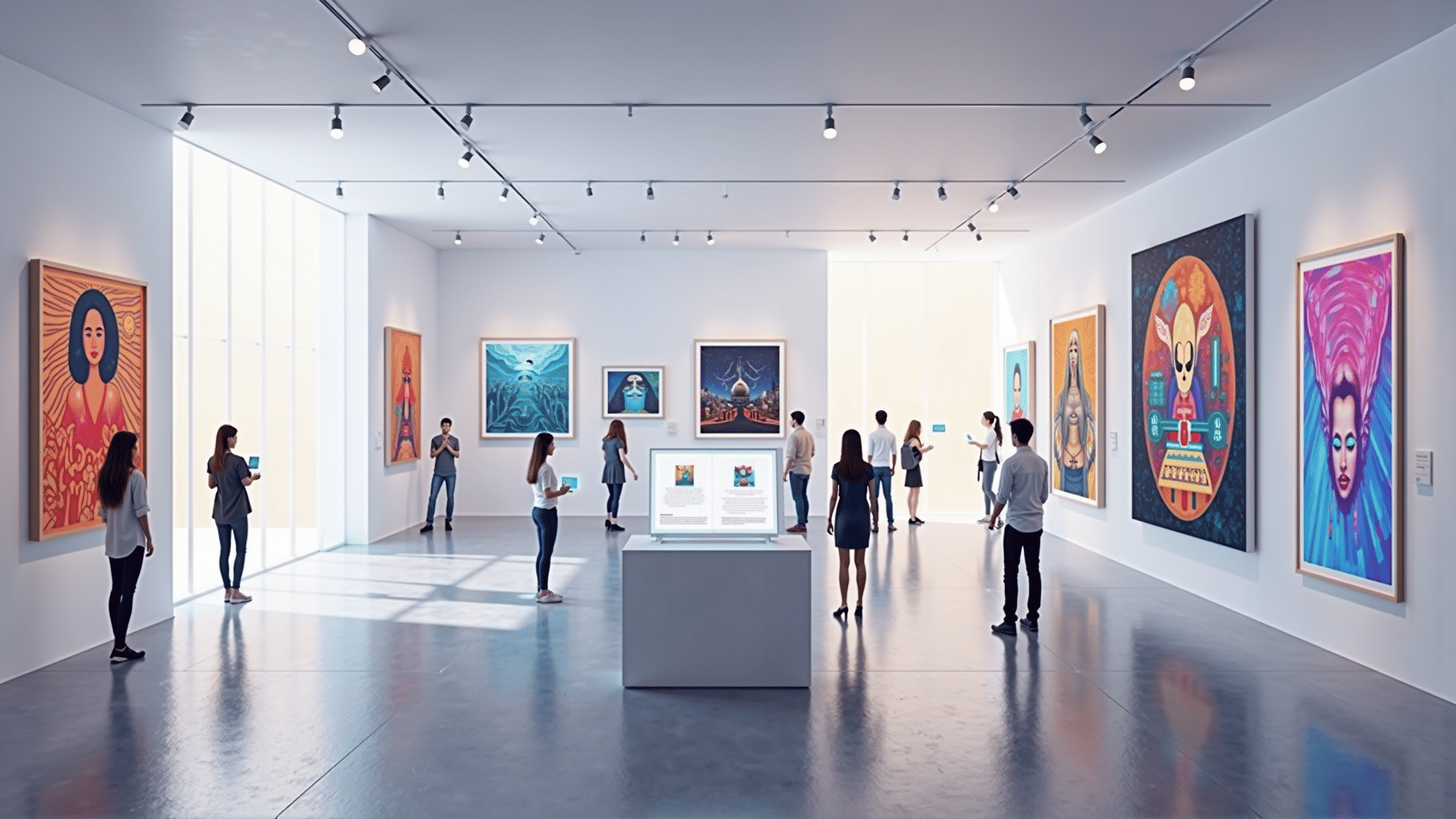In recent years, a revolutionary trend has taken the digital world by storm, particularly within the art industry. This phenomenon, dubbed non-fungible tokens (NFTs), is reshaping how artists create, distribute, and monetize their work. Offering a new paradigm for creators and collectors alike, NFTs are rapidly redefining the traditional art landscape and opening doors to novel experiences and interactions.
At its core, an NFT is a unique digital certificate that verifies ownership of a specific digital asset. Unlike cryptocurrencies, which are interchangeable, each NFT is distinct and holds individual value based on its content and creator. This distinctiveness is what makes them particularly suited for the art world, where uniqueness and authenticity are highly prized.
For artists, NFTs present an unprecedented opportunity to connect directly with their audience without the need for intermediaries. By minting their artworks as NFTs, creators can showcase their pieces in online marketplaces, where collectors from around the globe can discover and purchase their work. This direct-to-consumer model empowers artists by granting them greater control over their creations, allowing them to reach a broader audience without the limitations of traditional gallery spaces.
NFTs also enable artists to incorporate smart contracts within their tokens, which can automatically enforce specific terms and conditions. For instance, artists can embed clauses that ensure they receive a percentage of proceeds each time their NFT changes hands on the secondary market. This ongoing connection to the lifecycle of their work represents a significant departure from the conventional one-time sale model, offering artists a continuous link to their creations.
Beyond the practicality for artists, NFTs also enrich the experience for collectors and enthusiasts. Owning an NFT grants the holder a verifiable stake in a piece of digital art, complete with a provenance that is both transparent and immutable. The digital nature of NFTs allows for innovative ways to display and experience art, whether through personal digital frames or expansive virtual galleries that transcend geographic boundaries.
The rapid rise of NFTs has sparked profound conversations about value, ownership, and the future of art. Critics question the environmental implications of blockchain technology or the sustainability of the current market hype. Yet, proponents believe in the transformative potential of NFTs, seeing them as a vehicle for elevating digital art to new heights and fostering a more inclusive and diversified artistic community.
In conclusion, non-fungible tokens are more than just a fleeting trend—they represent a dynamic shift in the creation and appreciation of art. By leveraging blockchain technology, NFTs are breaking down barriers, introducing new economic models, and crafting paths previously unexplored in the digital realm. As artists and collectors continue to navigate this evolving landscape, the true impact of NFTs on the art world is still unfolding, promising a future rich with possibility and creativity.
